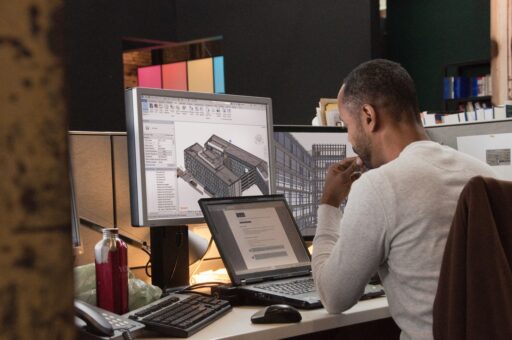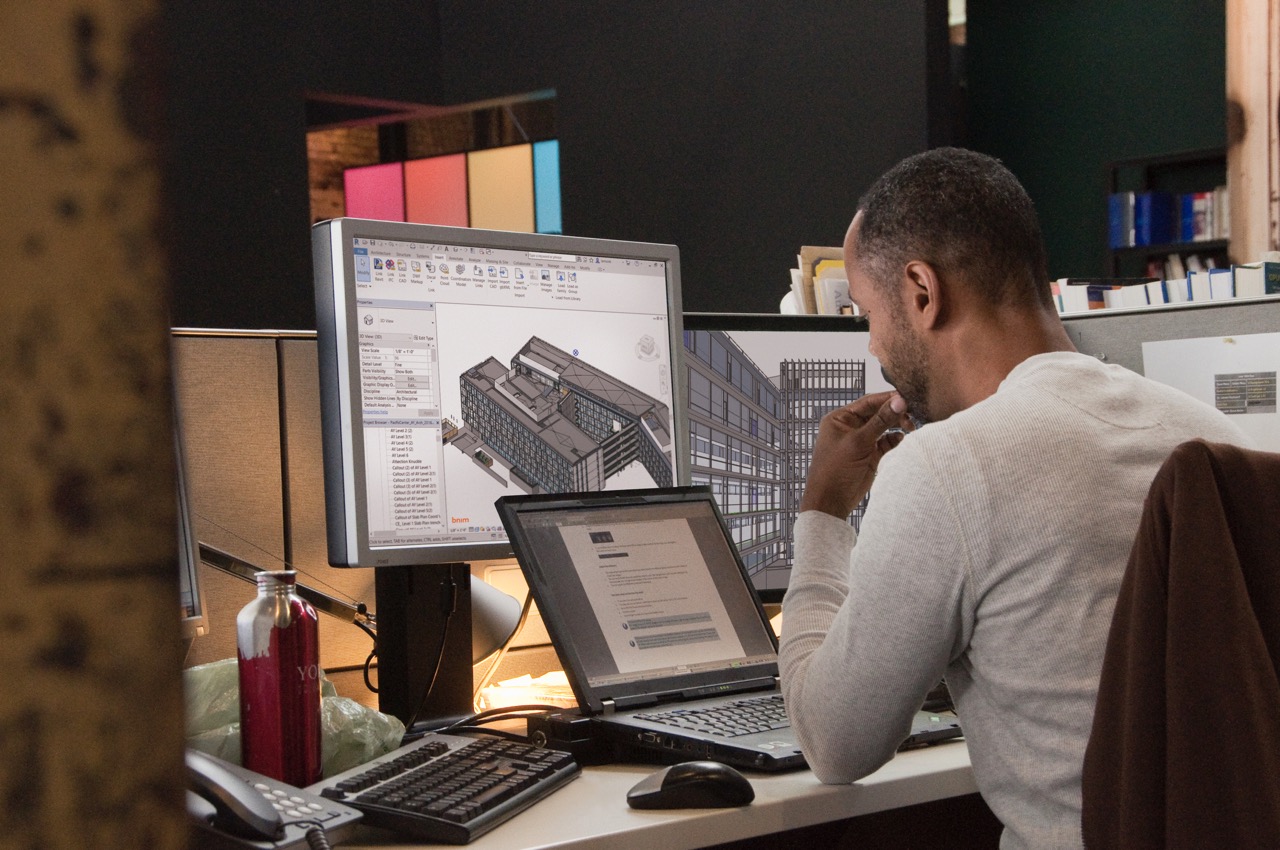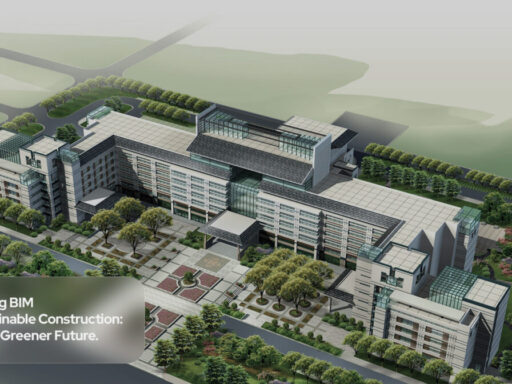In today’s dynamic building management landscape, facility managers continually seek innovative solutions to streamline operations and enhance efficiency. One such solution gaining traction is Building Information Modeling (BIM), a powerful tool that centralizes building information, revolutionizing how facilities are managed. In this article, we’ll explore how BIM serves as a game-changer in facility management, offering a centralized repository for crucial data and enabling proactive decision-making across various aspects of building operations.
BIM’s Empowering Capabilities in Management
Centralized Building Information: The Heart of Efficient Facility Management
A BIM model consolidates all relevant building information, including components, manuals, warranties, and spare parts details. This centralized repository allows facility managers to easily access the data they need to troubleshoot issues, schedule maintenance, and order replacements.
Having all the necessary information in one place lets facility managers streamline their tasks and make more informed decisions. They no longer have to search through multiple sources or rely on outdated information. With a centralized information repository, facility managers can efficiently manage building operations.
Enhancing Maintenance Efficiency with Proactive Planning
Maintenance is crucial in ensuring the optimal performance of building systems and equipment. BIM empowers facility managers to take a proactive approach to maintenance by providing detailed insights into building components and their maintenance schedules. By leveraging this information, facility managers can plan preventive maintenance activities, reducing downtime and repair costs. For instance, scheduling HVAC maintenance based on detailed component data can prevent unexpected breakdowns and optimize system performance, contributing to overall operational efficiency.
Streamlining Troubleshooting through Centralized Data
When issues arise within a facility, swift resolution is essential to minimize disruptions and maintain productivity. BIM’s centralized information repository lets facility managers quickly troubleshoot issues by accessing relevant data, such as manuals and warranties. With this streamlined access to information, facility managers can identify and address problems efficiently, minimizing the impact on building operations and ensuring uninterrupted functionality.
Optimizing Space Utilization and Planning with 3D Models
Effective space management is key to maximizing a building’s utility and accommodating evolving needs. BIM facilitates this process by enabling the creation of 3D models linked to space management software. Facility managers can easily track space allocation, optimize room usage, and plan for future renovations or reconfigurations. By identifying underutilized areas and simulating different scenarios, facility managers can make informed decisions to optimize space usage, leading to cost savings and enhanced operational flexibility.
“BIM’s visualization capabilities enable facility managers to plan ahead, ensuring future renovations align with space requirements,” states Matias Andreozzi, BIM Architect.
Proactive Maintenance Planning with Insights from BIM
BIM models can be enriched with data on maintenance schedules, equipment service life, and recommended maintenance procedures. This allows facility managers to plan preventive maintenance activities, reducing downtime and repair costs.
By leveraging the maintenance data in BIM models, facility managers can proactively plan maintenance. They can schedule preventive maintenance activities based on equipment service life, reducing the likelihood of unexpected breakdowns and minimizing the impact on building operations.
Optimizing maintenance resources
With the ability to plan maintenance activities, facility managers can optimize the allocation of maintenance resources. They can ensure that the right resources are available at the right time, reducing downtime and improving the overall efficiency of maintenance operations.
A study published in the International Journal of Facility Management found that organizations using BIM for facility management reported a 25% reduction in time spent on administrative tasks related to building operations.
Reducing repair costs
Facility managers can reduce repair costs by implementing preventive maintenance activities based on the data in BIM models. Regular maintenance helps identify potential issues early on, allowing for timely repairs or replacements before they escalate into major problems.
Research conducted by the Building Owners and Managers Association (BOMA) found that organizations using BIM for space management reported a 15% reduction in real estate costs.
Achieving Energy Efficiency Through Data-driven Analysis
Energy efficiency is a priority for modern facilities seeking to minimize operational costs and environmental impact. BIM integration with energy modeling software enables facility managers to simulate a building’s energy performance and identify opportunities for improvement. By analyzing energy consumption patterns and evaluating different scenarios, facility managers can implement targeted strategies to optimize energy usage, reduce operational expenses, and promote sustainability.
Harnessing Digital Twins for In-depth System Analysis
Digital twins, virtual replicas of physical buildings created through BIM, offer a powerful tool for in-depth system analysis and optimization. Facility managers can use digital twins to identify inefficiencies in building systems, simulate various scenarios, and test solutions before implementation. By leveraging digital twins, facility managers can minimize risks and costs associated with changes to building systems, ensuring smooth operations and long-term performance.
Conclusion
Building Information Modeling (BIM) is a transformative tool in facility management, offering a centralized platform for efficient data management and informed decision-making. BIM empowers facility managers to achieve operational excellence and future-proof their facilities, from streamlining operations and enhancing maintenance efficiency to optimizing space utilization and promoting sustainability. Embrace BIM today to unlock the full potential of your facility management practices and pave the way for a smarter, more sustainable future.






